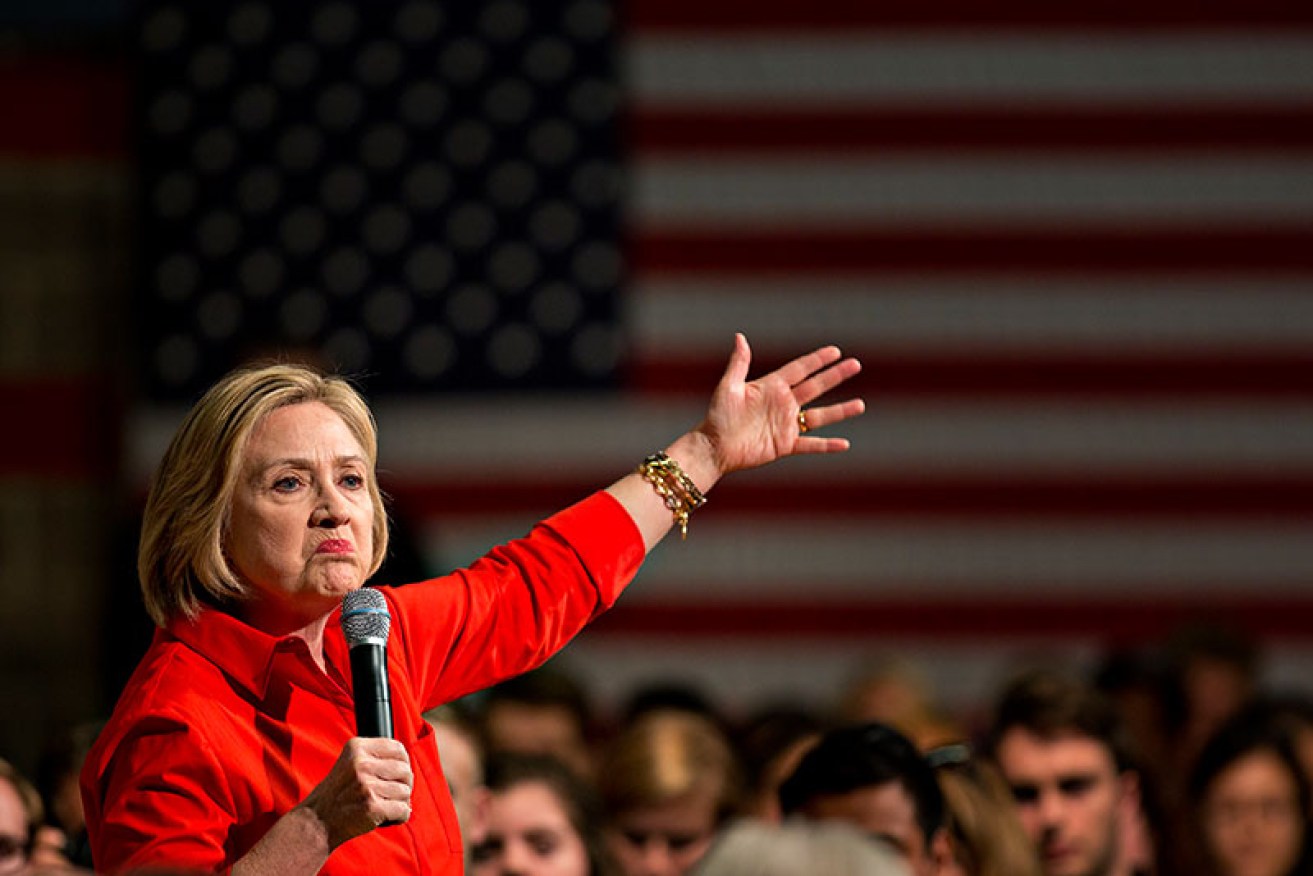The NRA tried to use our gun story as propaganda

Getty
The world’s most influential gun lobby group, the National Rifle Association, on Wednesday invoked a report published by The New Daily to advance its case against tighter gun laws in the United States.
President Barack Obama and Democratic presidential hopeful Hillary Clinton are pushing for a ban to be slapped on certain types of firearms, including semi-automatic weapons.
Mrs Clinton last month told a meeting of supporters in New Hampshire that she would consider introducing a national gun buyback program modelled on the Howard government’s scheme of 1996.
• Spike in handgun crimes reveals our secret problem
• The deadly weapon that’s about to be sold near you
• We reveal the worst suburbs for gun crime
“I think it would be worth considering doing it on the national level if that could be arranged,” she said.
The New Daily’s story published on November 10 was drawn from NSW and Victorian police statistics that showed there had been a marked rise in the number of charges laid since 2006 for illegal possession of pistols.
Thousands of NRA supporters shared the story on social media, arguing that it demonstrated that the Howard government’s gun laws had encouraged an underground market for firearms.
Don’t tell @HillaryClinton, but there’s a spike in handgun crimes in #Australia (despite ban!) https://t.co/tIGTtPSlBi #2A — NRA (@NRA) November 10, 2015
Is the NRA right about Australia’s gun laws?
Australian criminology and firearms experts are divided on whether the national gun laws directly caused a black market for pistols to develop.
Associate Professor Philip Alpers from the University of Sydney’s Centre for Armed Violence Reduction believes there was a link.
“The ban on semi-automatics created demand by criminals for other guns,” he said. “The criminal’s gun of choice today is the semi-automatic pistol.”

Rifles on display at a National Rifle Association exhibit in Tennessee in April. Photo: Getty
However, Dr Samara McPhedran from Griffith University’s Violence Research and Prevention Program believes the impact of the 1996 reforms is less clear-cut.
“It might be intuitively attractive to say that the 1996 reforms led to increased criminal demand for handguns but I’m not sure that it is that simple,” she said.
“Based on recent evidence it seems that the national buyback led to the creation of a very large pool of invisible semi-automatic rifles and shotguns.
“These are firearms that were never handed in during the buyback.”
Dr McPhedran would not rule out the possibility that the 1996 buyback and ban on semi-automatics led to an underground market for firearms in Australia.
“It’s not unreasonable to say that it can certainly happen,” she said.
“However, our data about guns in Australia before 1996 isn’t terribly comprehensive so it is a difficult question to answer – we still don’t really know how many guns were not handed in during the buyback.”
Professor Rick Sarre from University of South Australia’s law school rejects the NRA’s assertion that removing restrictions on gun ownership is the best way to reduce firearms-related crime.
“There is always going to be a black market in firearms, whether some types of guns are prohibited or not,” he said.
“I believe that the national buyback of firearms by the Howard government helped to reduce gun-related homicide in Australia, so we should not throw away the prohibitions.”
Mrs Clinton last week released an ad about gun control. Watch it below:
Professor Sarre said restricting access to guns was necessary for controlling crime.
“It should never be an open slather market – that would be warped,” he said.
Professor Sarre said academic research indicates that gun violence would continue to persist while people had ready access to guns.
However, Australia was in a fortunate position because the number of legal guns in the community was manageable and authorities had taken measures to guard against the risk posed by illegal guns.
Dr McPhedran said there was an over-emphasis in Australia on boosting law enforcement powers to control guns.
“Australia’s approach to gun problems is always through introducing more police powers and tighter gun laws,” she said.
“In this regard we could probably learn from US community programs in cities like Boston where partnerships between police, social workers, health professionals and communities most affected by gun violence have been able to reduce crime.”









